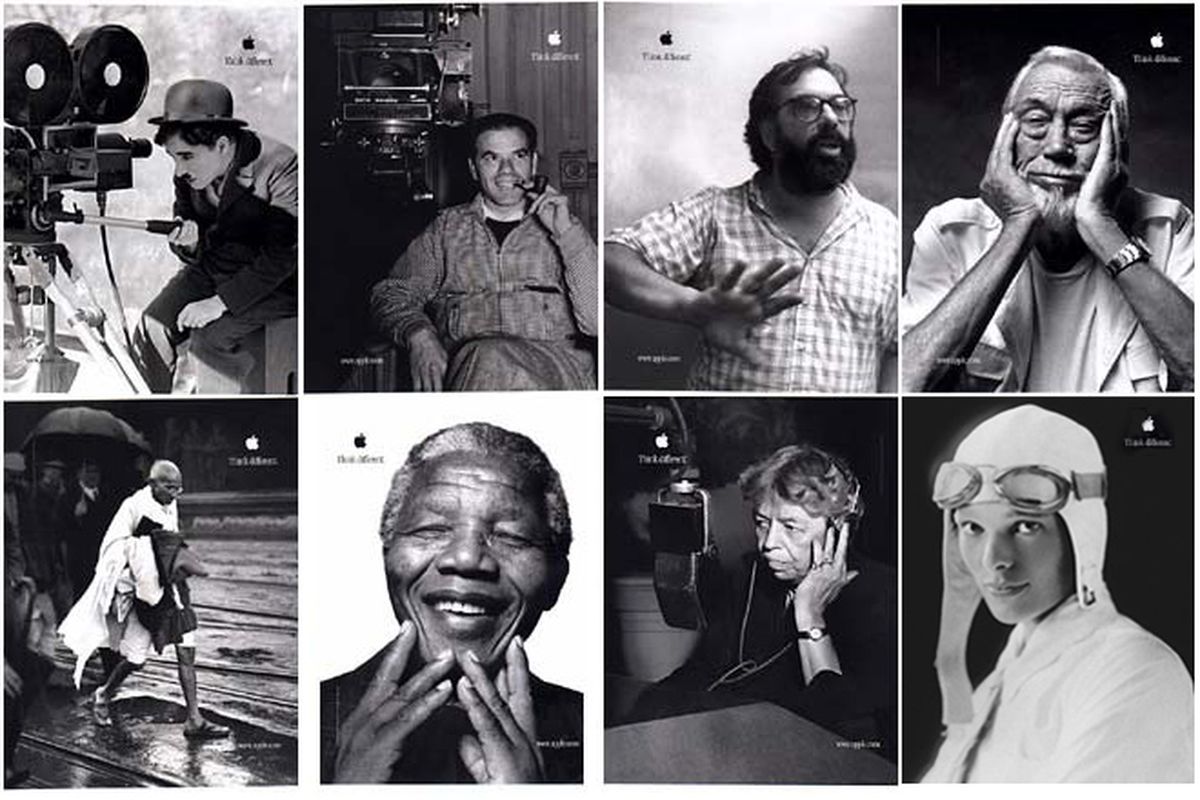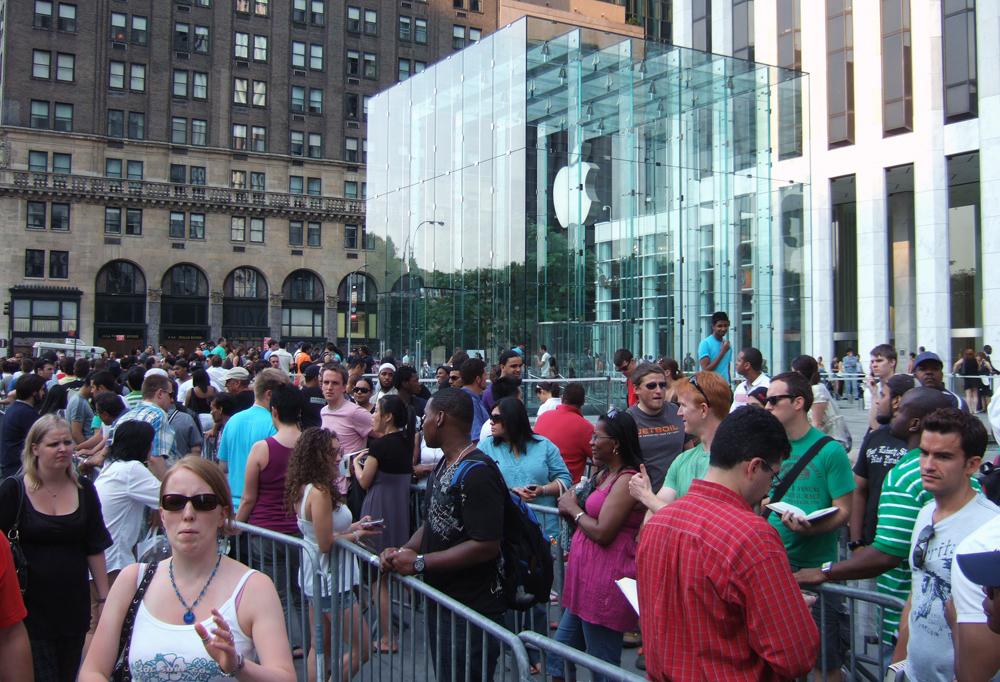
10 Marketing Lessons From Steve Jobs That Every Marketer Must Know 🧵
1/ A great product markets itself
Jobs knew good brands were built on products.
Not advertising.
Each time a product was released -- Excellence was expected.
This made the value of Apple evident to consumers.
Jobs knew good brands were built on products.
Not advertising.
Each time a product was released -- Excellence was expected.
This made the value of Apple evident to consumers.

2/ Stand for something
In 1977, Apple laid down its principles on a paper labeled "The Apple Marketing Philosophy."
It laid the ground for everything they stood for with 3 points.
Empathy - Understanding People
Focus - Do few things well
Impute - Great Marketing
In 1977, Apple laid down its principles on a paper labeled "The Apple Marketing Philosophy."
It laid the ground for everything they stood for with 3 points.
Empathy - Understanding People
Focus - Do few things well
Impute - Great Marketing

3/ Sell An Idea or Status
Steve Jobs was an innovator who moved the world forward.
This was also the idea/status Apple sold.
People who use Apple products can also move the world forward.
Steve Jobs was an innovator who moved the world forward.
This was also the idea/status Apple sold.
People who use Apple products can also move the world forward.
4/ Use Storytelling
The idea/status was sold through storytelling.
The "Think Different" campaign focused on the people who thought different and changed the world.
And if you bought a mac, you thought different.
Because you too, could change the world.
The idea/status was sold through storytelling.
The "Think Different" campaign focused on the people who thought different and changed the world.
And if you bought a mac, you thought different.
Because you too, could change the world.

5/ Inspire
Jobs used storytelling to inspire consumers.
Everything from the product to the marketing inspired people to 'Dream Bigger.'
This meant every time Apple released a new product -- you could achieve bigger.
This kept bringing consumers back over and over again.
Jobs used storytelling to inspire consumers.
Everything from the product to the marketing inspired people to 'Dream Bigger.'
This meant every time Apple released a new product -- you could achieve bigger.
This kept bringing consumers back over and over again.

6/ Create Brand Advocates
By inspiring users to take on this mission of changing the world -- Jobs turned consumers into raving fans.
They felt as if they were part of a movement. Something larger than themselves.
Apple's advocacy resulted in a cult-like fan base.
By inspiring users to take on this mission of changing the world -- Jobs turned consumers into raving fans.
They felt as if they were part of a movement. Something larger than themselves.
Apple's advocacy resulted in a cult-like fan base.

7/ Us vs. Them
Cults have an Us vs. Them mentality.
Exhibit A: Mac vs. PC
Exhibit B: iPhone vs Android
Jobs knew the best superheroes always had villains they had to defeat.
So he built an army to make it happen.
Cults have an Us vs. Them mentality.
Exhibit A: Mac vs. PC
Exhibit B: iPhone vs Android
Jobs knew the best superheroes always had villains they had to defeat.
So he built an army to make it happen.

8/ Word of Mouth
Us vs. Them leads to fans who won't shut up about the product.
Why?
Because they NEVER want to lose to the opposition.
So they go on and on about why Apple is the best.
This is an organic marketing machine.
Us vs. Them leads to fans who won't shut up about the product.
Why?
Because they NEVER want to lose to the opposition.
So they go on and on about why Apple is the best.
This is an organic marketing machine.
9/ Secrets Create Suspense
Cult-like fans meant they always wanted to know what Apple was up to.
Apple knew this
Before releases, they would drop a hint, then a rumor, then a conflicting rumor, and the buzz would get going.
Plus Job's infamous "Oh, one more thing"
Cult-like fans meant they always wanted to know what Apple was up to.
Apple knew this
Before releases, they would drop a hint, then a rumor, then a conflicting rumor, and the buzz would get going.
Plus Job's infamous "Oh, one more thing"

10/ Experiences Over Campaigns
This all worked because every aspect was part of the experience.
From the keynotes to the releases to the second you got an Apple product -- it all created an emotional response.
Every little bit inspired you to do more.
This all worked because every aspect was part of the experience.
From the keynotes to the releases to the second you got an Apple product -- it all created an emotional response.
Every little bit inspired you to do more.
If you're here -- Thanks for reading.
I'm writing a thread just like this for the next 50 days with the end goal of making you a better marketer.
If you want to read them all then follow @alexgarcia_atx
If you want them in your email then👇
bit.ly/3vAtKrg
I'm writing a thread just like this for the next 50 days with the end goal of making you a better marketer.
If you want to read them all then follow @alexgarcia_atx
If you want them in your email then👇
bit.ly/3vAtKrg
Tomorrow: How Volkswagen Sold a Car Manufactured By Nazis to Americans
• • •
Missing some Tweet in this thread? You can try to
force a refresh


















